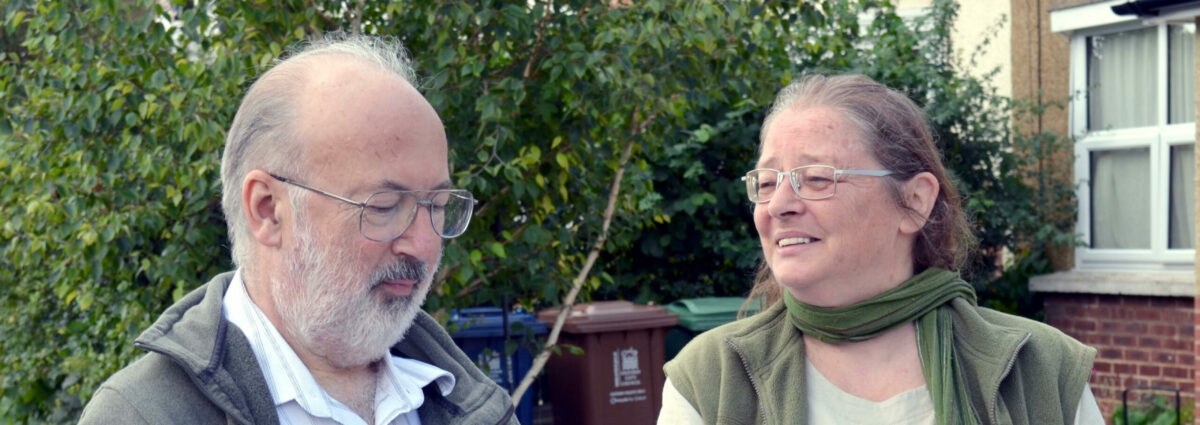A brief comment on this consultation:
No parts of the proposed straight-line network go to the Cotswold edge of the County. This is already in need of a re-opened rail line Oxford to Witney/Carterton which could help to reduce traffic impacts on proximate Oxford. Clearly, a rail system with provision for bikes and to meet preferences of walkers would tend to increase non car movements and give access to rural communities both in West Oxfordshire and in the Cotswolds. There is also no straight line provision in the direction of Northampton.
